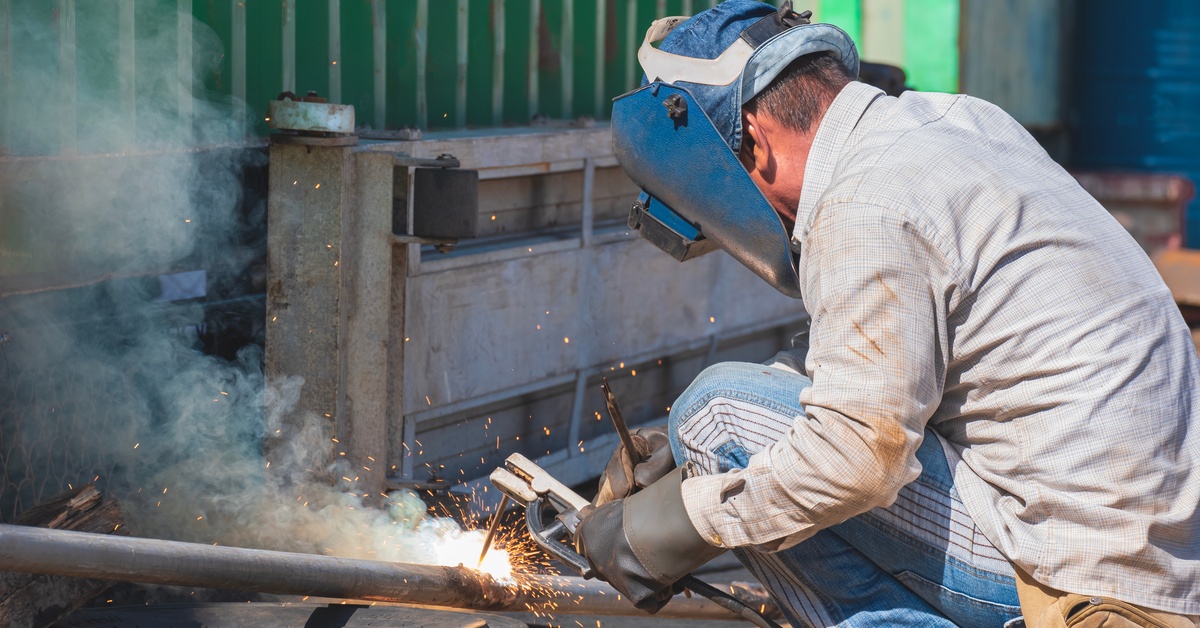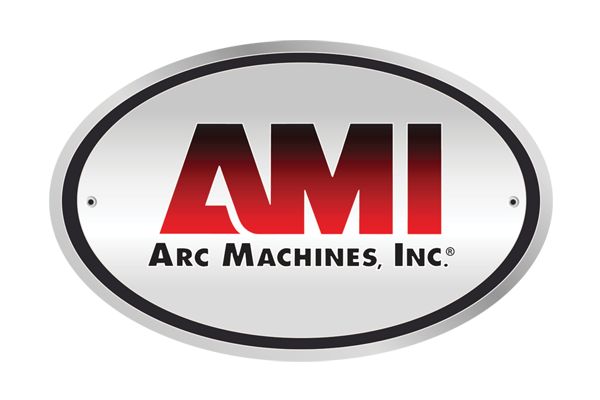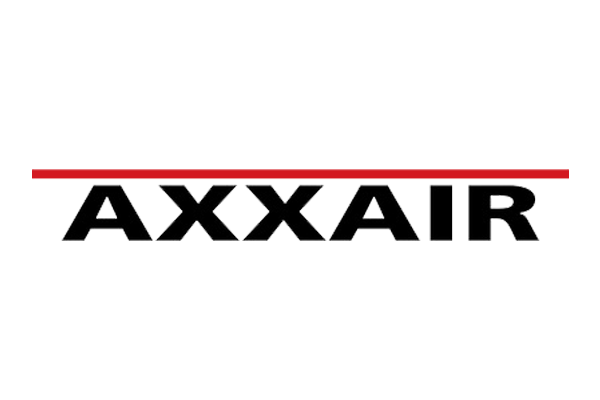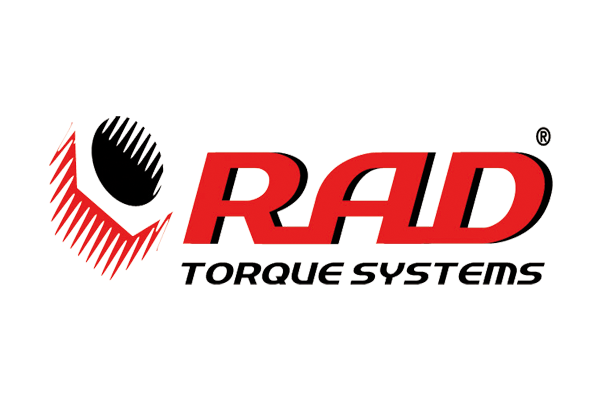Optimizing Filler Deposition in Orbital Fusion Welding

Orbital fusion welding is widely used for high-precision piping, aerospace engineering, and automotive manufacturing. A key factor in creating a consistent joint is controlling how the filler material is applied. Optimizing filler deposition in orbital fusion welding not only contributes to weld integrity but also ensures material efficiency and fewer touchups.
Familiarize yourself with what filler deposition is and how to properly use it for improved results.
What Filler Deposition Is
Filler deposition refers to material added during the welding process to fill the weld joint. The welding arc generates heat, melting the filler material which bonds to create a solid joint. This process is especially critical in orbital welding because it guarantees uniformity in each weld pass—an essential requirement for industries with stringent quality standards.
Filler deposition control produces consistent results across identical pipe and tube joints using AMI orbital fusion welding systems. They work with precise programming and steady heat, gradually adding filler material to gaps.
Finding the Ideal Deposition Rate
Filler deposition may seem simple, but errors can compromise the weld quality. Too much deposition leads to unnecessary weight and wastes material. Too little can cause defects such as porosity or lack of fusion, weakening the weld.
Creating the perfect weld begins with setting the proper deposition rate for filler material. The deposition rate refers to the amount of filler added per unit of time during the weld. Adjusting it depends on factors such as the pipe or tube’s diameter, wall thickness, and welding speed.
Smaller pipes need lower deposition rates to avoid over-welding, while larger ones may require higher rates for full joint penetration. Testing and fine-tuning your settings allows a better balance between heat input and filler addition.
Achieving Balance With Heat and Speed
Heat input and travel speed affect how filler material flows and adheres. Excess heat causes puddling and irregular weld beads, while insufficient head fuses weakly.
The travel speed must match the filler feed—high speeds leave sections inadequately filled, while low speeds risk overheating. Watching the weld pool closely allows you to adjust as needed to achieve an even bead.
Leveraging Consistent Automation
Automated systems control filler feed, travel direction, and arc characteristics. Programmed settings for materials and joint designs won’t require manual adjustments. This is especially useful for repeatable welds, such as those in pipe fabrication, where precision and consistency are integral.
Selecting the Right Filler Material
Using the correct filler material can further optimize filler deposition in orbital fusion welding. Consider the compatibility with your base metal, application requirements, and mechanical properties. Certain materials work better for high-strength joints, while others prioritize corrosion resistance.
Filler deposition is the foundation of a strong, high-quality orbital fusion weld. Adjusting deposition rates, welding speeds, and heat inputs can improve results while saving time and resources. Evaluating your current process and applying these practices can lead to stronger welds, fewer defects, and a smoother workflow that benefits operators and timelines.








